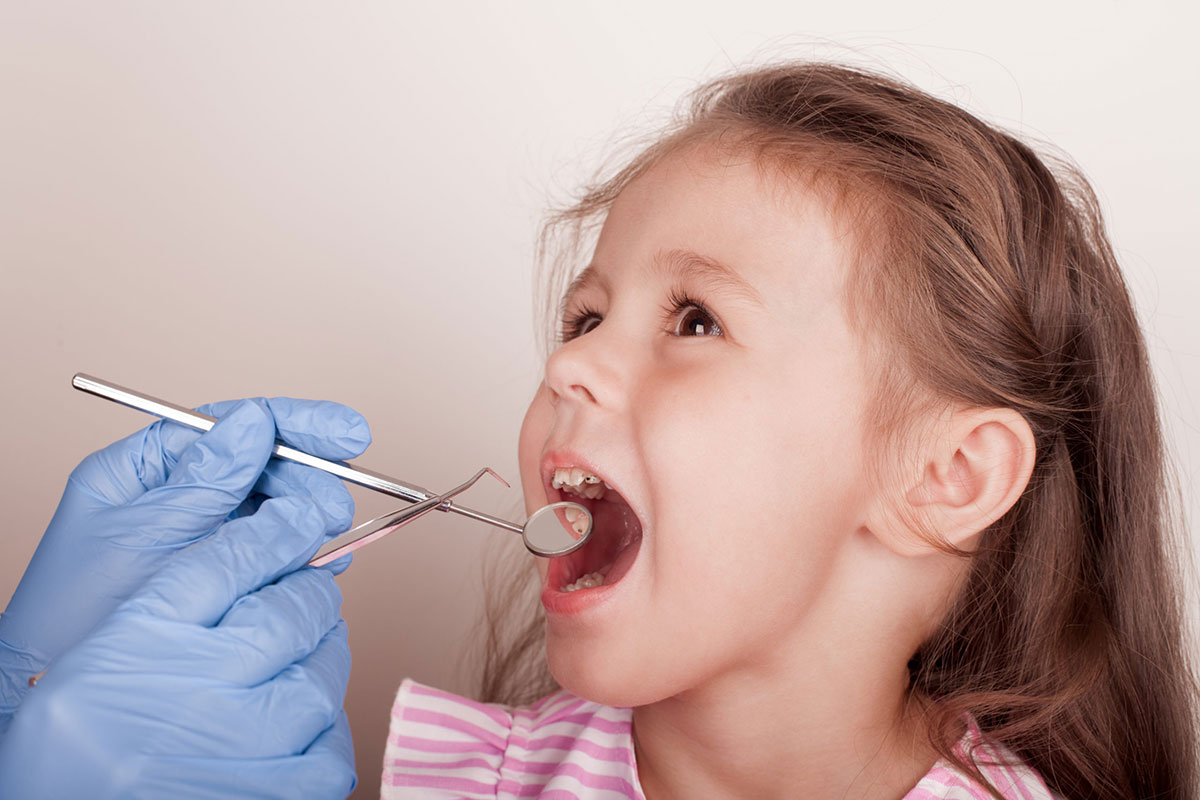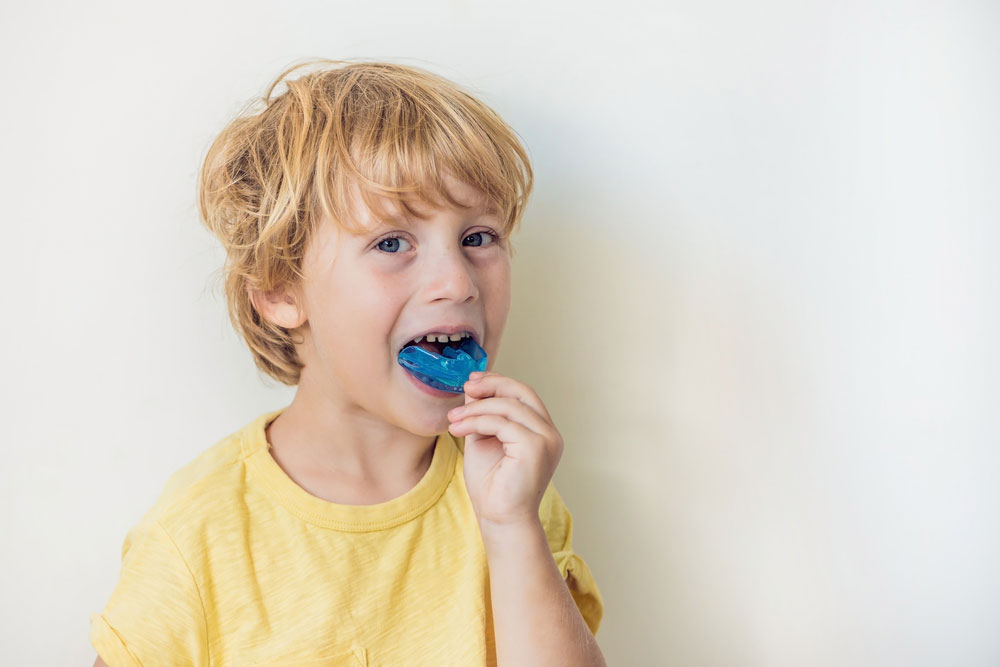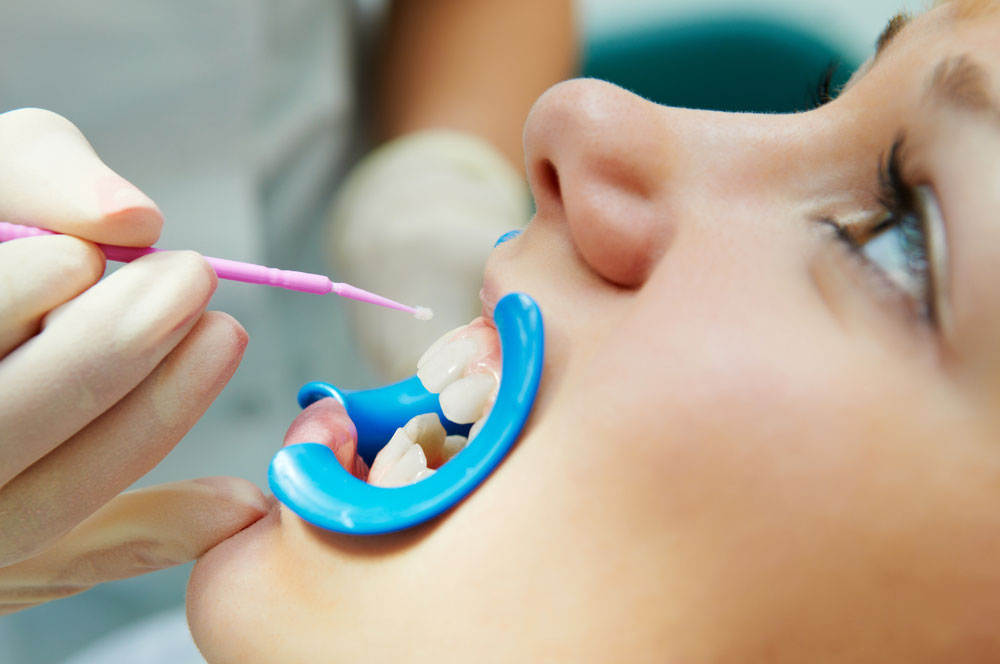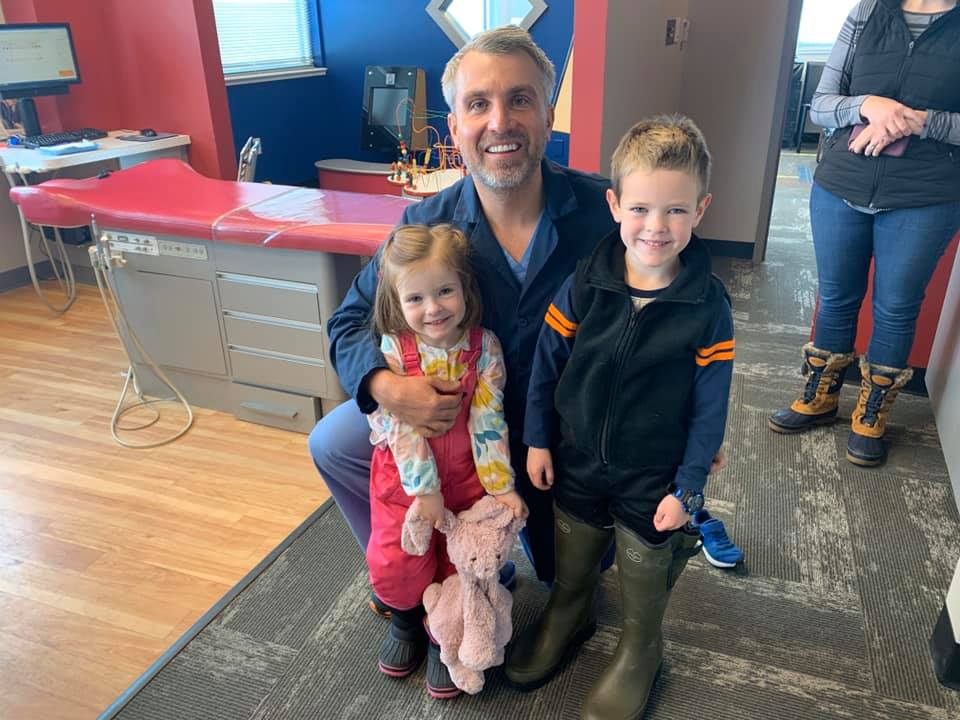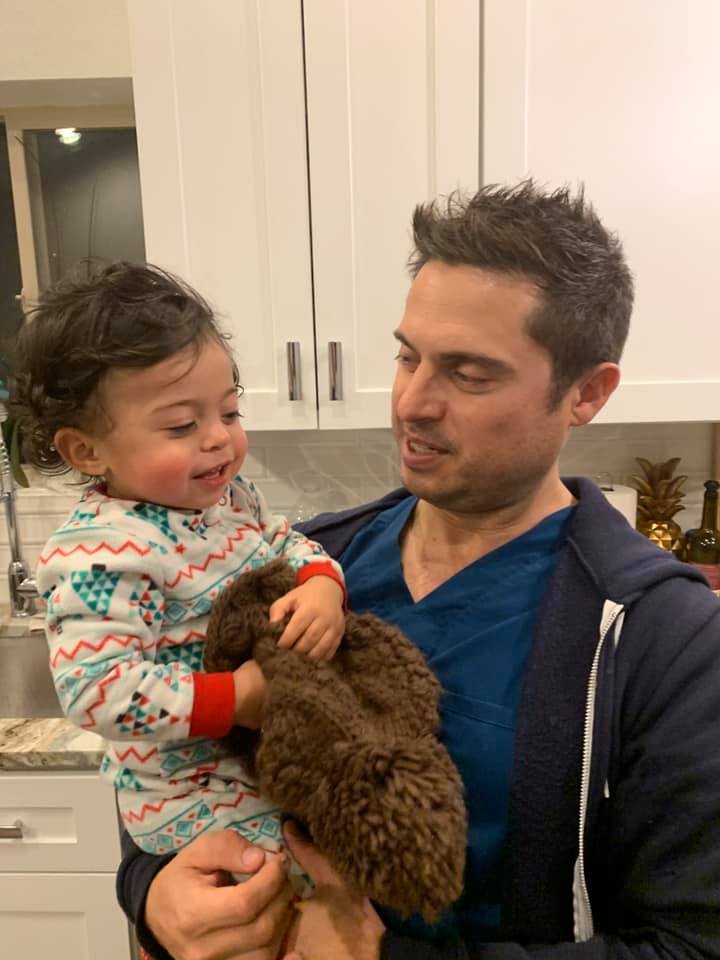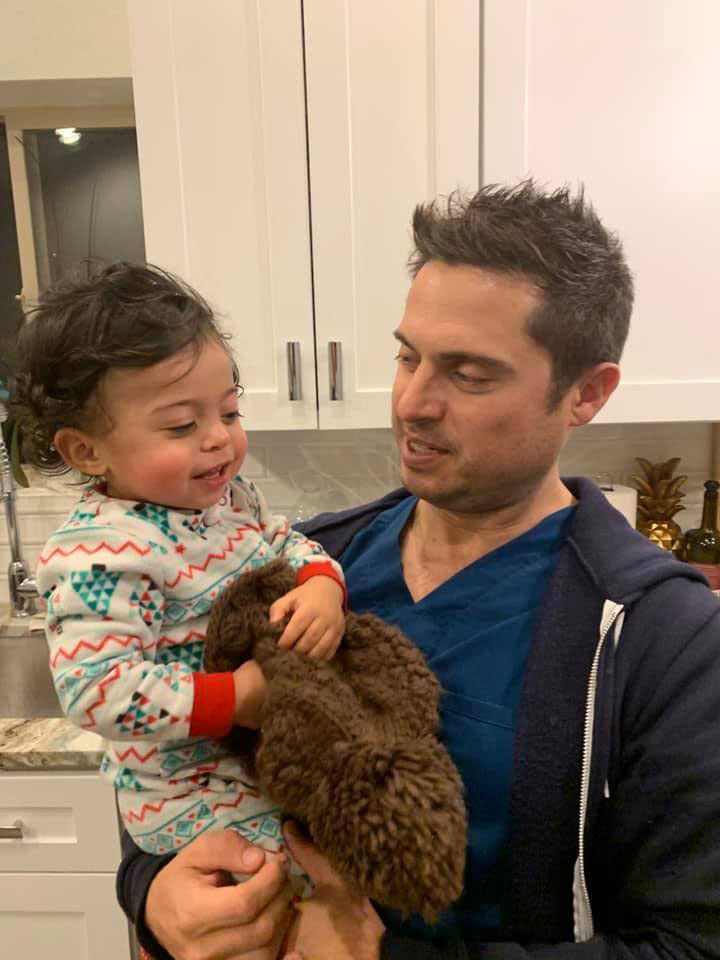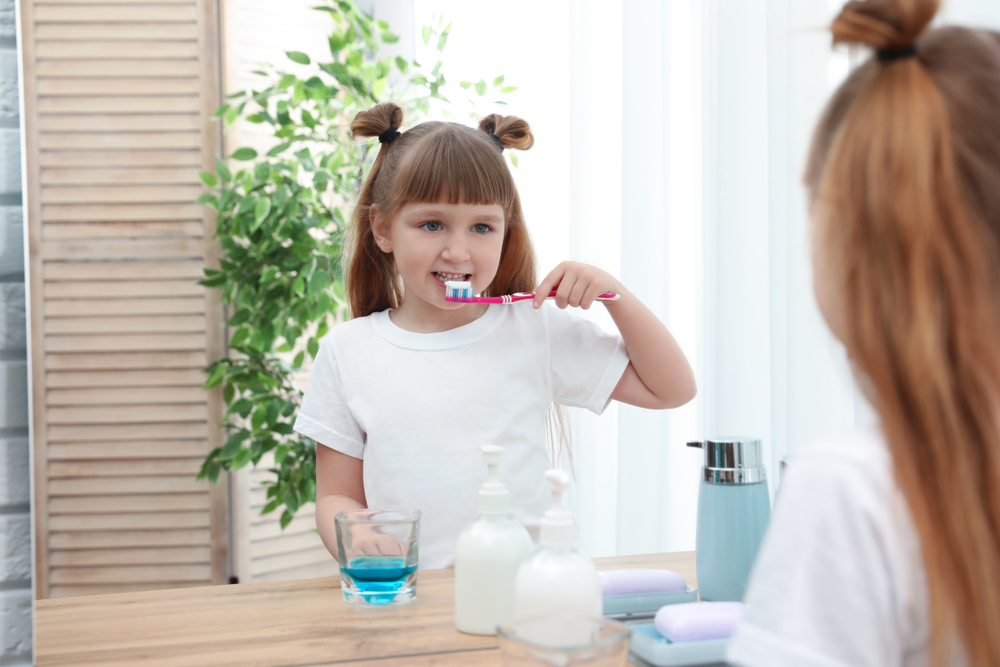

Safety for Using Mouthwash for Kids
As your little ones get older and begin to sprout new pearly whites, you probably have a million questions about how best to care for your child’s developing teeth. From what kind of toothpaste to use to teaching your kids to brush and floss, there are a few key things you should know about children’s oral health.
At Kids Mile High, one of the most common questions we hear is, “Is mouthwash safe for kids?” First, it’s important to remember that what’s safe for adults may not be ideal for kids. But fortunately, there are kid-friendly versions of oral health products that can be extremely effective. Read on to find out when it’s safe for your child to start using mouthwash and which products are the safest choice.
When is Mouthwash Safe for Kids?
The answer to this question really comes down to your child’s age and behavior, as well as your personal preference as a parent. To decide whether you want your child to use mouthwash, you’ll want to consider whether your child is ready for mouthwash, from both a developmental and maturity perspective.
Since mouthwash usually contains fluoride, it typically is not recommended for children under the age of 6. Fluoride has many benefits, including the prevention of tooth decay, but too much too soon can cause a condition called fluorosis. This condition can only occur when your child’s teeth are still developing and causes changes to the color and texture of the teeth, such as brown spots or bumps. But don’t worry; fluorosis is a cosmetic issue and can be prevented by not giving fluoride mouthwash to a child too young to understand the concept of spitting after rinsing.
Even if your child is old enough for mouthwash, he or she may not be ready to use it. Just like toothpaste, mouthwash should not be swallowed and needs to be spit out. It can take practice for some children to get used to swishing and spitting, instead of gulping it down. Before giving your child mouthwash, practice with water. Encourage them to swish the water around their mouth to wash all their teeth, and then spit it out into the sink. If your child does this with ease, he or she is probably ready to graduate to mouthwash.
Benefits of Mouthwash for Children
Now that you’re able to assess whether your child is ready for mouthwash or not, you might be wondering why you should give your kids mouthwash in the first place. Fortunately, there are many benefits of mouthwash for children, including the following.
- It gives brushing and flossing an extra boost. Brushing twice and flossing once every day is the gold standard for at-home dental care, but mouthwash can boost the effects by whisking away any leftover food particles and plaque.
- Mouthwash prevents tooth decay. Like we mentioned earlier, fluoride has incredible cavity-fighting power. Just remember that it’s only recommended for children over 6 years old.
- It freshens your child’s breath. If your child experiences bad breath, mouthwash can provide extra freshness between brushing and flossing sessions.
- Mouthwash helps those with braces clean their teeth more effectively. If your child has braces, you know how tricky it can be for them to brush and floss properly. Mouthwash can help loosen trapped bits of food and get into hard-to-reach areas, ensuring a more effective clean.
- It’s a stepping stone towards proper brushing and flossing. It can take time for children to learn how to brush and floss their teeth properly. If your child hasn’t quite mastered the techniques, mouthwash can provide an effective (temporary) solution for cleaning their teeth.
Safe Mouthwash Brands for Kids
Just like there are kid-friendly toothpaste flavors and colors, the same exists in the world of children’s mouthwash. When choosing a mouthwash for your kids, you’ll want to look for alcohol-free mouthwash. Here are a few child-safe mouthwash options you can use.
- Listerine Smart Rinse Anticavity Mouthwash: Everyone’s go-to mouthwash brand is also available in a kid-friendly mouthwash option, with zero alcohol, fun flavors and themed bottles with your kids’ favorite characters. When your kids can clean their teeth with Elsa or the Avengers, rinsing with mouthwash will become their favorite part of their oral health routine.
- Kid’s Crest Anticavity Alcohol Free Fluoride Rinse: Crest kids mouthwash is an alcohol-free, fluoride rinse that’s safe for younger mouths (over the age of 6, of course). Available in bubble gum or strawberry, this mouthwash for kids provides effective cavity protection and deep cleaning for hard-to-reach teeth, all in a tasty flavor your kids will love.
- Tom’s of Maine Children’s Anticavity Mouth Rinse: If you’re looking for a more natural mouthwash for kids, Tom’s is a fantastic choice. In addition to being alcohol free, it contains no artificial flavors, dyes, sweeteners or preservatives. This natural kid’s mouthwash comes in a tasty strawberry flavor we’re sure your kiddos will be excited to use.
The Best Mouthwash for Braces
For kids with braces, in addition to regular brushing and flossing, mouthwash can be a super helpful addition to their oral hygiene routine. Using mouthwash will offer an extra layer of protection against the decalcification of teeth, which is the culprit behind white spots after braces, and cavities.
So, what’s the best mouthwash for braces? While any of the safe mouthwashes listed above will do the trick, here are two recommendations that are particularly effective for braces wearers:
- Colgate Phos-Flur OrthoDefense Anticavity Mouth Rinse: Colgate Phos-Flur OrthoDefense is an ADA-approved mouthwash formulated especially for people in orthodontic treatment. It’s alcohol-free, making it a good choice for kids, and it’s clinically proven to reduce the appearance of white spots after braces.The formula fights cavities and contains phosphate to build strong teeth.
- ACT Anticavity Mouthwash: When kids first start wearing braces, the brackets and wires can temporarily irritate the tongue and the inside of the cheeks and lips. An alcohol-free, gentle mouthwash will ward off cavities and keep kids’ mouths clean without exacerbating discomfort. ACT Anticavity Mouthwash fits the bill. It earns its spot on our list of the best mouthwash for braces because it has a mild flavor, doesn’t burn and prevents tooth decay.
So there you have it. If you’ve been concerned about giving your kids mouthwash, rest assured that it can be perfectly safe, as long as your child is old enough and responsible enough to use it properly. The doctors at Kids Mile High always recommend supervising your children when they use mouthwash to avoid any swallowing. Still have questions about mouthwash for kids? Call your Englewood, Central Park and Thornton pediatric dentist today!



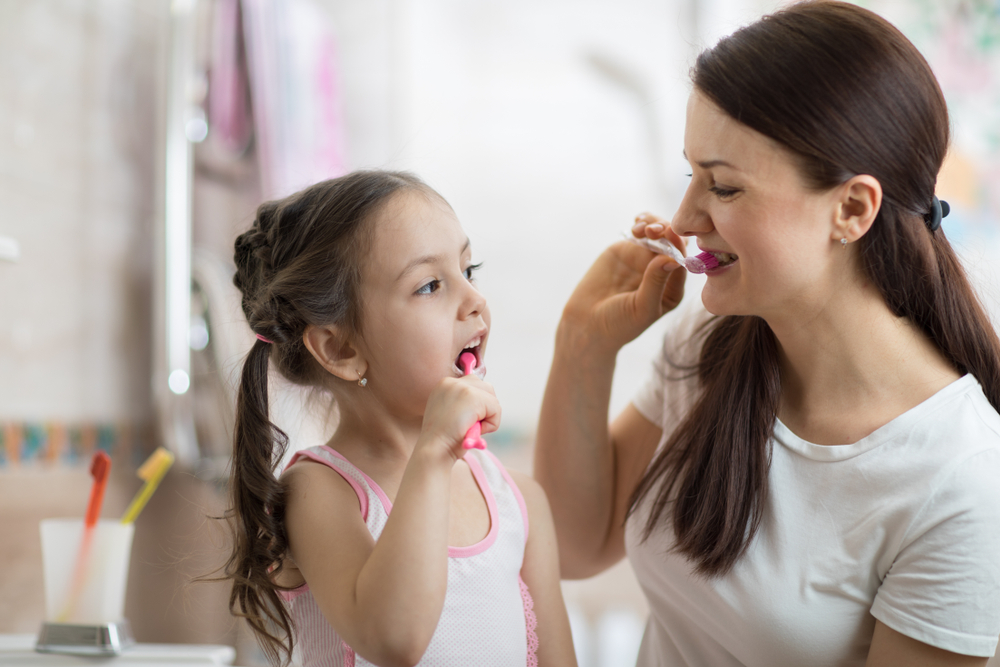
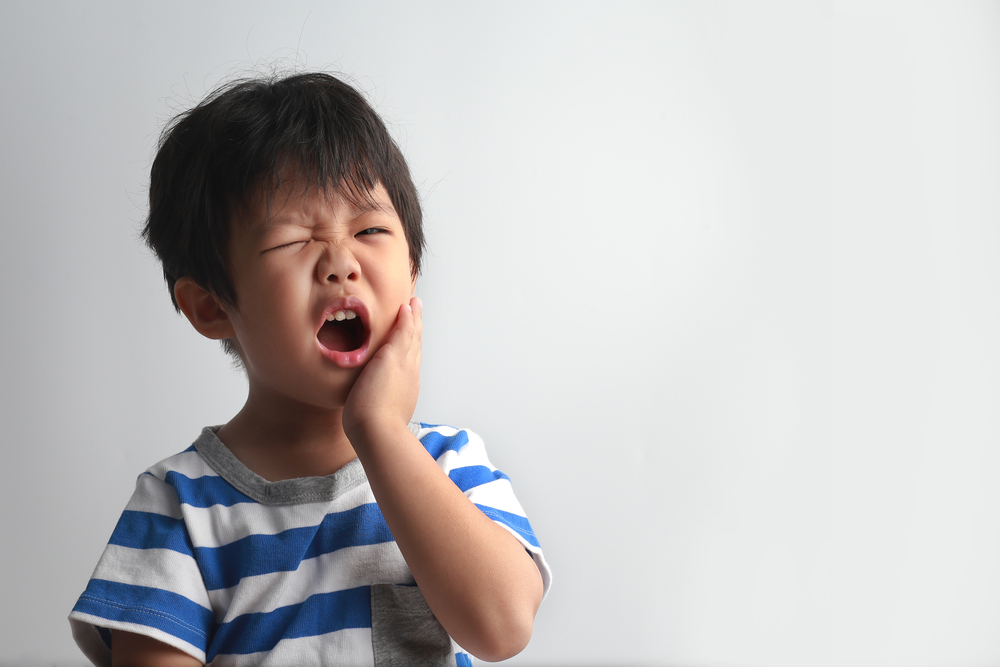
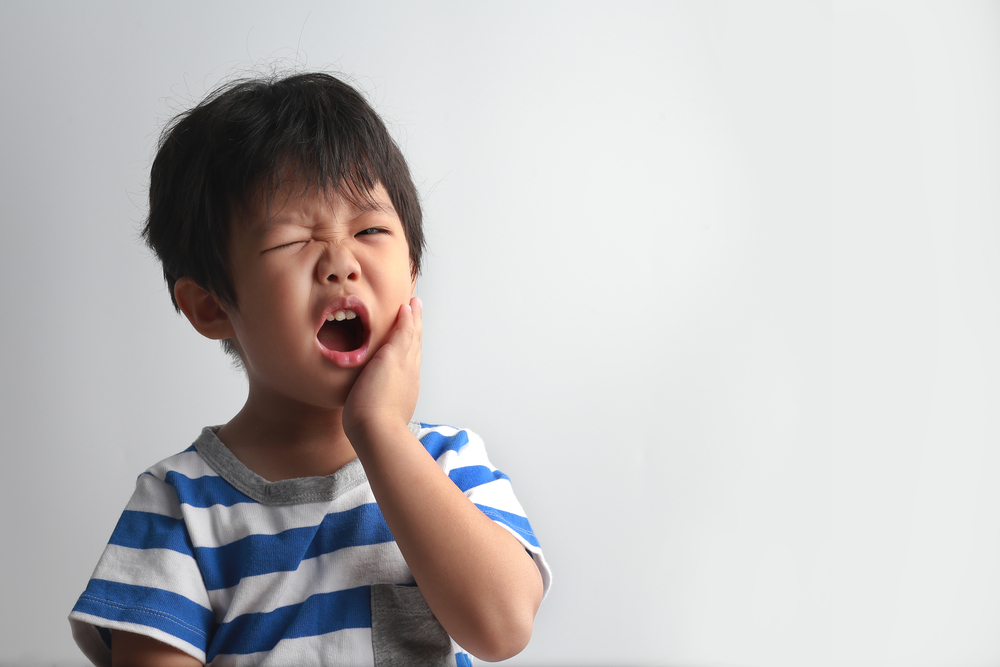 As a parent, it’s heartbreaking to see your child in pain. Whether a scraped knee, stubbed toe or, (heaven forbid!) a broken limb, you want to take the hurt away however you can.
As a parent, it’s heartbreaking to see your child in pain. Whether a scraped knee, stubbed toe or, (heaven forbid!) a broken limb, you want to take the hurt away however you can. 
 Can you believe it’s already the holiday season? After a long and interesting year (to say the least!), we all deserve a reason to celebrate with our families. And as
Can you believe it’s already the holiday season? After a long and interesting year (to say the least!), we all deserve a reason to celebrate with our families. And as 